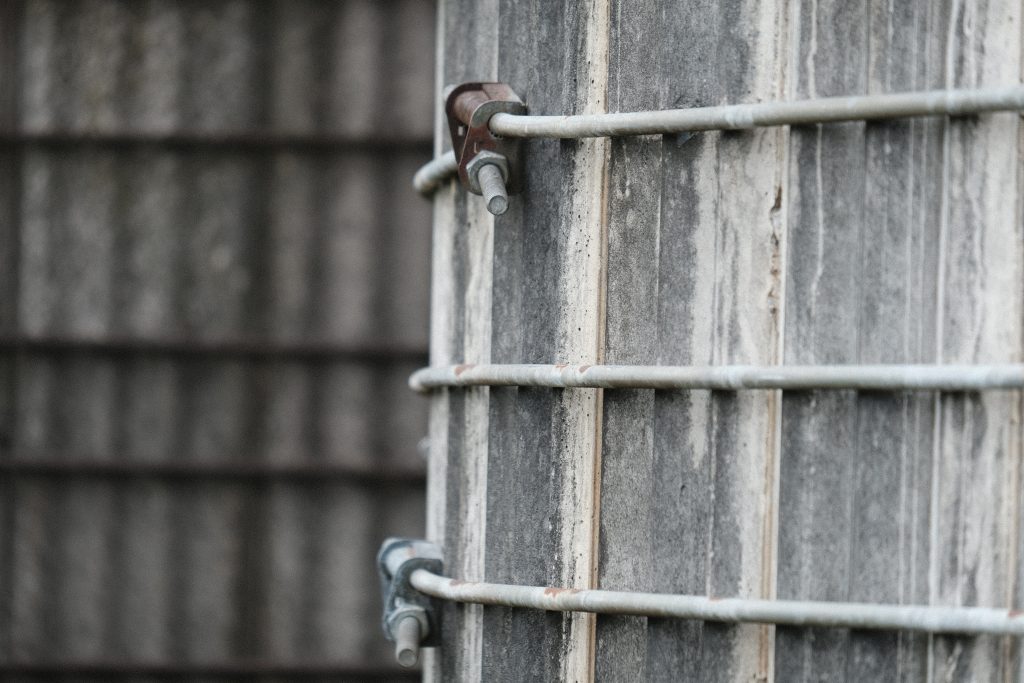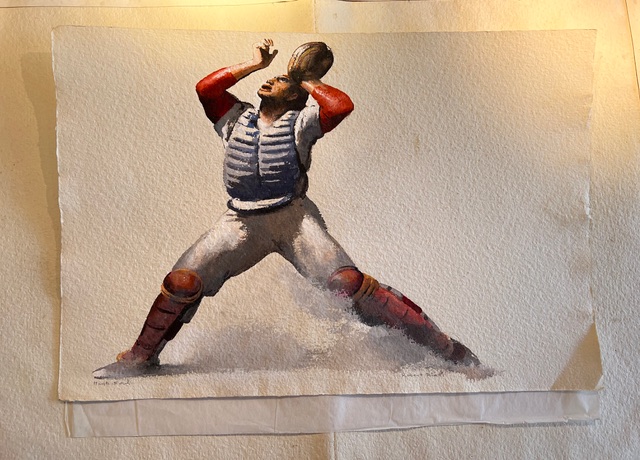
Three hour meeting bundles start at $700.
Start on a new journey today.

Three hour meeting bundles start at $700.
Start on a new journey today.
Sign up for our Muse-letter now!

A Mid-career cut short, Claire Kahn, Santa Fe 2022. Image Ivan Barnett
This is not theory. It is a lived experience. For over five decades, I’ve walked the tightrope of creativity and commerce, of joy and self-doubt, of bursts of success and long seasons of uncertainty. I know what it means to make art because you must, not because the world is necessarily asking for it. And, I know what it takes to keep going.
When I began, everything was driven by hunger—not for fame, but for expression. I felt the pulse of potential with every piece I made. But what I didn’t fully understand then was the difference between making good work and building a sustainable career. This is where many artists falter: the critical, often invisible climb from emerging to mid-career. It’s a threshold few speak openly about, and even fewer cross with grace.
So, what does it take to get there? And why is this transition so significant?
An emerging artist is someone still finding their voice, building a body of work, testing the waters. They are present but not yet known, full of creative energy but often without the support systems needed to sustain it. A mid-career artist, by contrast, has weathered seasons of doubt, built a consistent practice, and gained recognition through exhibitions, grants, or gallery representation. They are no longer new to one of the hardest professions to be in.
For me, this shift happened gradually, almost imperceptibly. It wasn’t a single exhibition or even sale that marked the change. It was the realization that I had created enough meaningful work, been collected enough, and shown in enough serious venues that I no longer had to introduce myself with an explanation. That realization came with weight—the pressure to maintain, to grow, to not retreat into complacency.
It took years of discipline, of showing up regardless of outcome, of turning down easier paths in favor of ones that aligned with my artistic passion and vision. It took financial risk, emotional stamina, and a commitment to evolving as an artist.

Isa Barnett, Ivan’s Father, Mid-Career, Watercolors 1970s. Image by Ivan Barnett
Time and sacrifice are the price of admission. To move beyond emerging, I had to forgo predictability. Vacations were rare, stability a luxury. Friends outside of the art world rarely understood why I chose this rhythm.
Psychologically, the climb was intense. Once you hit mid-career, the stakes feel higher. You are no longer discovering who you are—you’re defending it. You ask, “Am I evolving or just surviving?”
Financially, emerging artists often rely on part-time jobs or teaching. Mid-career status may mean more income from the work itself, but the inconsistency remains. Feast or famine is still your reality. Grants and commissions replace gig work, but they come with deadlines, and expectations.
And then there are the creative setbacks: repeating yourself because a certain style sells or hesitating to risk because you finally have a reputation to protect. Burnout becomes real and isolation creeps in. You ask yourself, is this it? Have I gone as far as I can go?
The dropout rate between emerging and mid-career artists is staggering—often over 50%. Many leave the field within five to seven years. Not because they weren’t talented, but because the marketplace and infrastructure to support them is rare.
Dancers face physical limitations before their artistic maturity catches up. Writers may not publish a breakout work until midlife. Musicians often struggle after early success. And craftspeople, as I was starting out work in mediums and materials that are slower to catch on, meant waiting decades for serious recognition.

Robert Riggs, the Child Prodigy from Philadelphia, watercolor. Genius Transcends Career Stages. Image by Ivan Barnett.
Most mid-career artists are between 35 and 55. They’re no longer hustling to be seen—they’re carefully choosing where to be. They curate opportunities. They teach, speak, or mentor. They’re perhaps working full-time in their practice or balancing it with teaching or consulting.
Economically, mid-career artists often have more stable income than emerging artists, but it’s still not a given. Representation, fellowships, and private commissions provide more continuity, but the hustle is not over.
In the art world, they’re respected. They may be invited to biennials, museum group shows, or residencies. They’re no longer the “fresh face,” but not yet canonized. They live in the space between discovery and legacy, a space that rare enough to exist in.
Here’s the truth: most artists never make it to mid-career. It takes an unusual combination of grit, vision, stamina, and support. To last ten, fifteen, twenty years in this work is monumental. It means you didn’t give up. You paid most of your dues. You pushed through quiet seasons and loud doubts.
This is not a holding zone. It’s a peak. It’s the narrow middle of a very tall pyramid. There is still limited room here and there is more pressure. With that, there are always burning questions.

Roberto of Santa Fe, a mid-career artist always with a day job, Chimayo Sculpture. Image by Ivan Barnett
Moving from mid-career to established is the hardest jump of all. It requires not just mastery, but cultural impact. Museums, retrospectives, institutional validation. Market stability. Legacy.
This leap also brings scrutiny. Every move is watched. The pressure to produce new defining bodies of work—to cement your place in the canon—can feel overwhelming. And many don’t want that. Many find fulfillment exactly where they are.
And that’s the truth: if you don’t make it to that final tier, it doesn’t mean you’ve failed. It means you’ve built a life in art. And that, in itself, is a radical and beautiful place to be.
Not every artist will become a household name. What matters is recognizing where you are and choosing how you want to grow. Some stay at emerging, and that’s enough for them. Some hold steady in mid-career and build meaningful, sustainable lives. Others take the long, road less traveled toward lasting legacy, which means they still have more they want to say.
What’s clear to me now is this: the climb is steep, and the path well worn. And at every point on that path, you have the chance to redefine what success means, knowing that your quest will always be “a work in progress.”
(c) 2025, by Ivan Barnett.
If you have any technical issues connecting with our Museletter, please contact us.